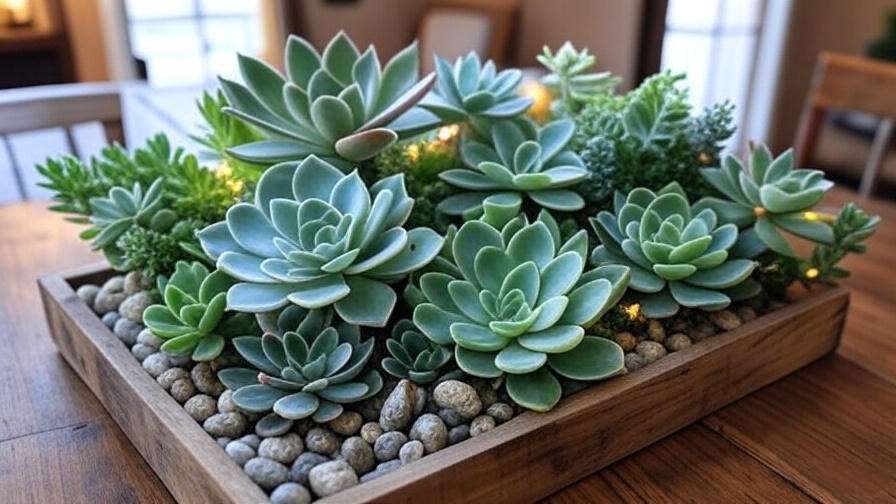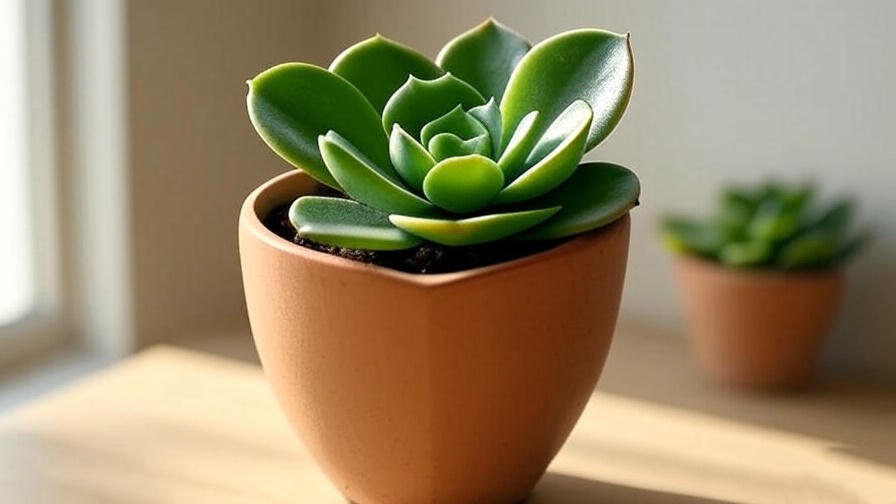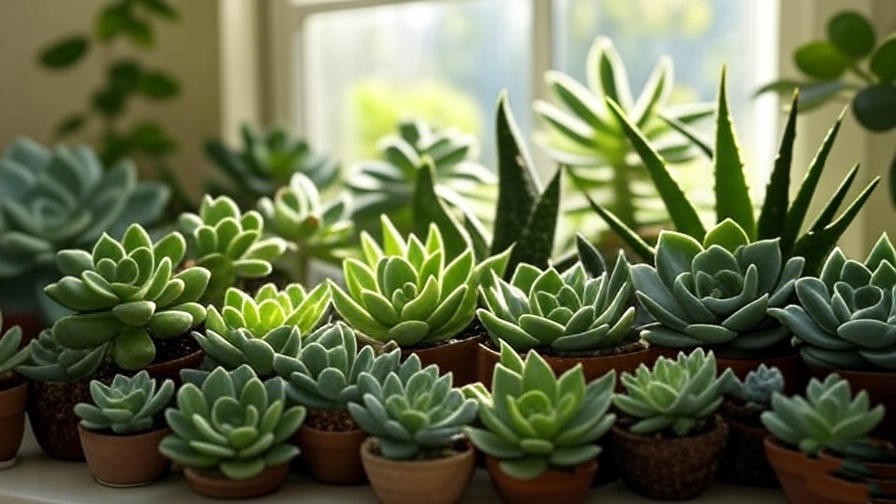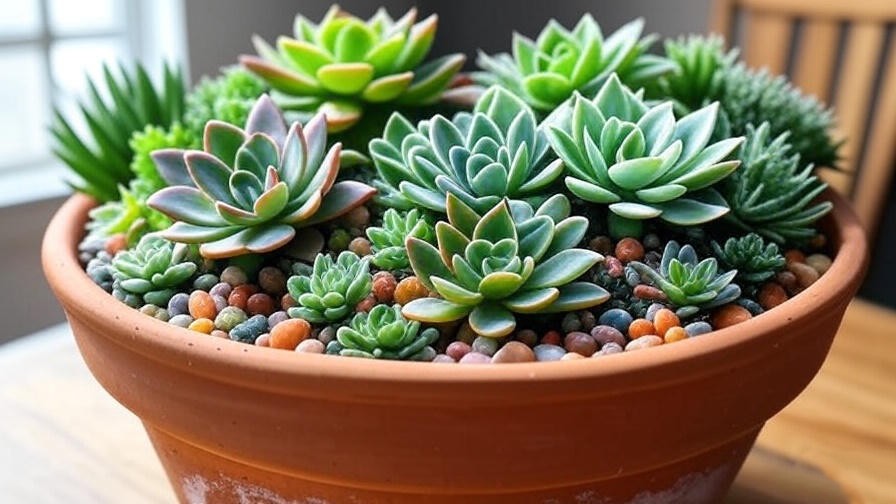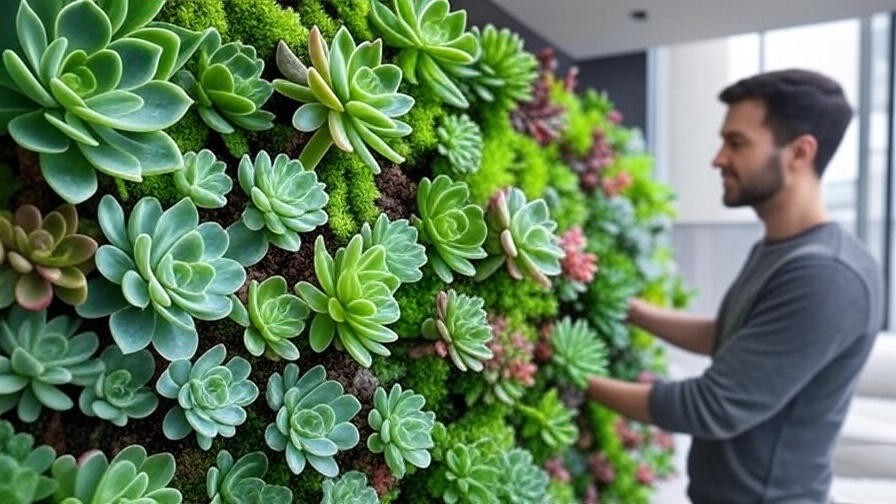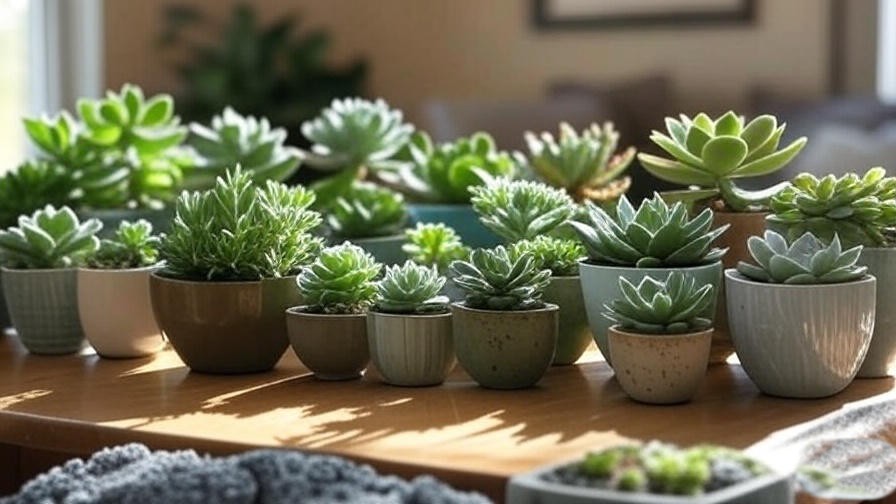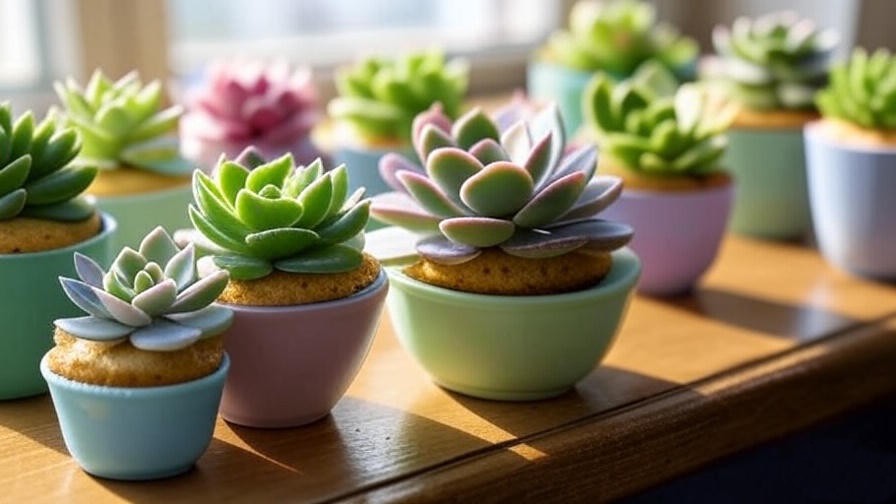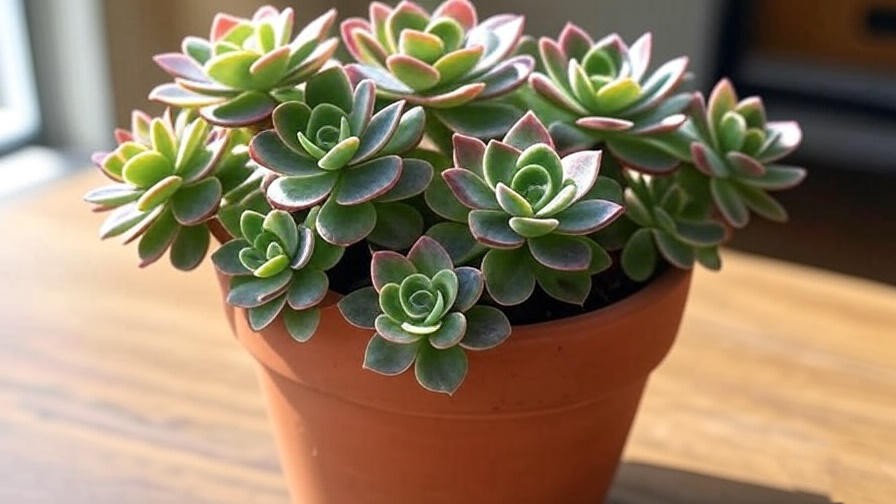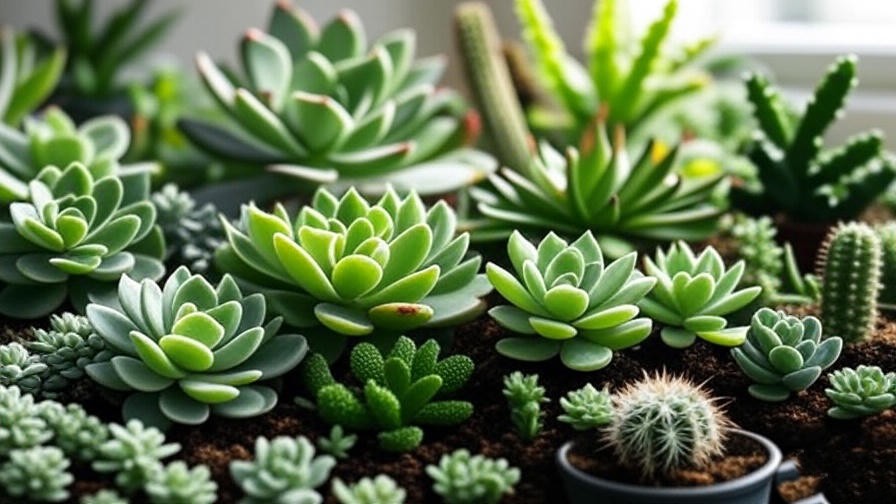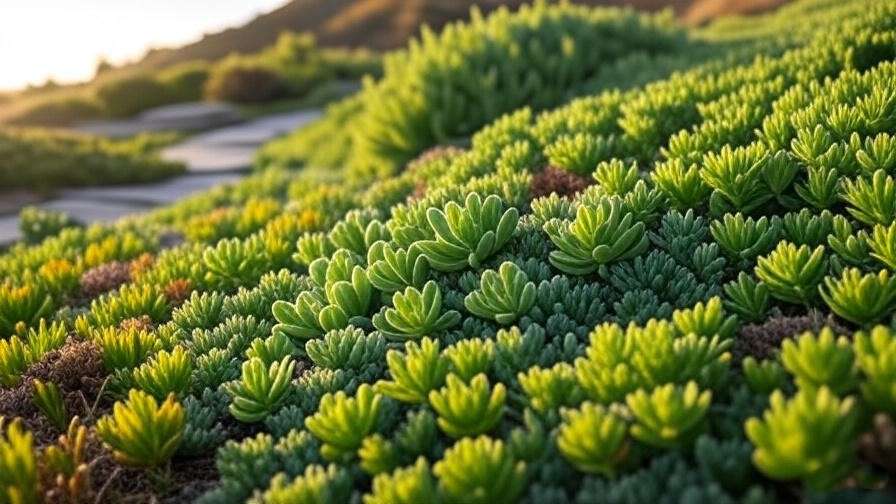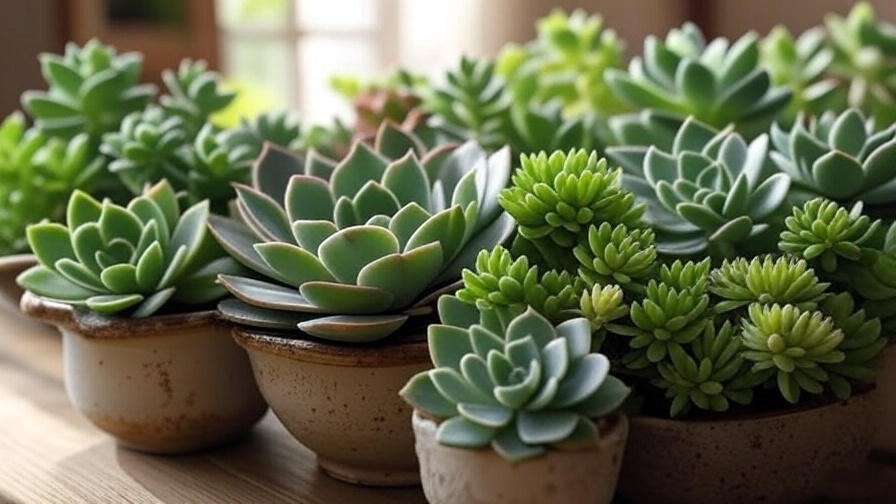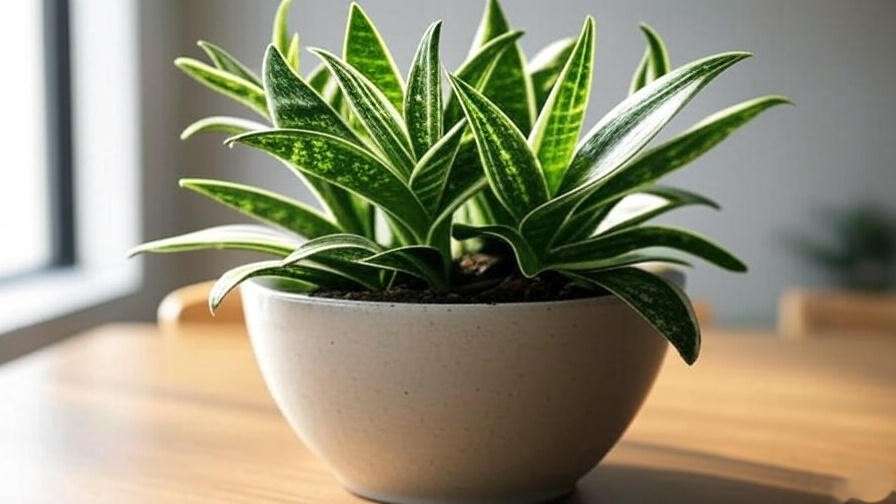Picture this: your dining table, once a bland centerpiece of everyday life, now transformed into a vibrant, low-maintenance oasis that stops guests in their tracks. A succulent centrepiece can do just that—bringing nature’s beauty indoors with minimal effort. As a certified horticulturist with over 15 years of experience designing indoor plant displays, I’ve seen firsthand how these drought-tolerant wonders elevate any space. In this guide, you’ll discover step-by-step DIY ideas, expert care tips, and creative inspirations to craft a stunning succulent centrepiece that thrives in your home. Whether you’re a beginner or a seasoned plant enthusiast, this article will empower you to create a show-stopping decor piece that’s both practical and breathtaking.
Succulent centrepieces are perfect for busy lifestyles, small apartments, or anyone craving a touch of green without the fuss of high-maintenance plants. From rustic trays to modern terrariums, we’ll explore designs that suit every style, budget, and skill level. Plus, you’ll learn how succulents purify air (backed by NASA’s Clean Air Study) and reduce stress, making them a must-have for indoor decor. Ready to dive in? Let’s create a succulent centrepiece that’s as functional as it is beautiful.
What Is a Succulent Centrepiece and Why Choose It for Indoor Decor?
Understanding the Basics of Succulent Centrepieces
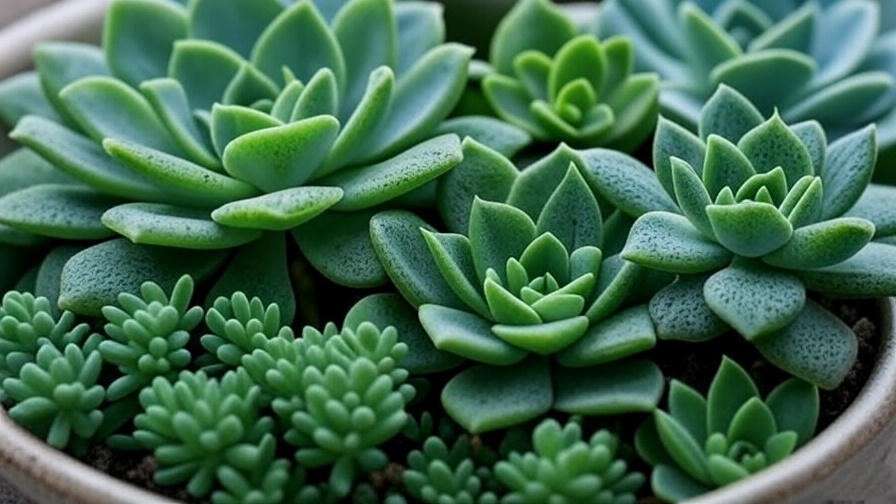
A succulent centrepiece is a decorative arrangement of succulents—plants known for their thick, water-storing leaves—designed to be the focal point of a room. These displays can range from simple bowls filled with colorful Echeveria to intricate terrariums or wall-mounted frames. Unlike traditional floral arrangements, succulent centrepieces are long-lasting, requiring minimal water and care, making them ideal for indoor environments.
Succulents come in diverse shapes, sizes, and colors, from the rosette-shaped Sempervivum to the trailing strings of pearls (Senecio rowleyanus). Their versatility allows you to craft centrepieces for dining tables, coffee tables, or even office desks. For indoor plant enthusiasts, these arrangements align perfectly with the niche, offering a low-maintenance way to bring nature indoors, even in spaces with limited natural light.
Benefits of Incorporating Succulent Centrepieces in Your Home
Why choose a succulent centrepiece? The benefits go beyond aesthetics:
- Aesthetic Appeal: Succulents offer unique textures and vibrant hues, from dusty blues to fiery reds, creating a visually striking focal point. Their sculptural forms add a biophilic design element, connecting you with nature.
- Low Maintenance: Perfect for busy professionals or plant novices, succulents thrive with infrequent watering—once every 2-3 weeks—and tolerate a range of light conditions.
- Air Purification: According to NASA’s 1989 Clean Air Study, certain succulents, like aloe vera, remove indoor toxins, improving air quality.
- Mental Health Boost: Studies, such as those from the University of Hyogo (2010), show that interacting with plants reduces stress and enhances mood, making centrepieces a wellness-enhancing addition.
- Space-Saving: Compact designs fit small apartments or minimalist interiors, solving the problem of limited space.
These qualities make succulent centrepieces a practical, stylish solution for anyone looking to enhance their indoor decor with greenery that’s easy to maintain.
Essential Materials and Tools for Your DIY Succulent Centrepiece

Before diving into the creative process, gather these essentials to ensure your succulent centrepiece thrives:
- Succulents: Choose beginner-friendly varieties like Echeveria, Sedum, Haworthia, or Aloe. Opt for 3-5 plants with contrasting colors and textures for visual interest.
- Container: Select a shallow dish, glass terrarium, wooden tray, or ceramic bowl with drainage holes (or add a gravel layer for non-draining containers).
- Soil Mix: Use a well-draining cactus or succulent potting mix, or make your own with 50% potting soil, 25% sand, and 25% perlite.
- Decorative Elements: Pebbles, driftwood, moss, or colored glass add flair. Avoid overdecorating to keep the focus on the plants.
- Tools: Small trowel, gloves (to handle spiky varieties like Aloe), and a watering can with a narrow spout for precision.
- Optional: Fairy lights, crystals, or miniature figurines for a personalized touch.
Step-by-Step DIY Ideas for Creating Your Succulent Centrepiece
Beginner-Friendly Classic Bowl Centrepiece
This simple yet elegant design is perfect for beginners and takes less than an hour to create.
Gathering Your Supplies
- 1 shallow ceramic bowl (6-8 inches wide, 2-3 inches deep).
- 3-5 succulents (e.g., Echeveria ‘Lola,’ Sedum ‘Burrito,’ Haworthia fasciata).
- 2 cups cactus soil mix.
- 1 cup decorative pebbles or crushed glass.
- Optional: Moss or small driftwood pieces.
Preparing the Container and Soil
- If your bowl lacks drainage holes, add a 1-inch layer of gravel or activated charcoal to prevent water buildup.
- Fill the container with cactus soil mix, leaving 1 inch of space at the top for planting and decor.
Arranging and Planting Succulents
- Use the “thriller-filler-spiller” method for balance:
- Thriller: Place a tall or bold succulent (e.g., Echeveria ‘Lola’) in the center.
- Filler: Surround with medium-sized plants like Sedum for texture.
- Spiller: Add trailing succulents like string of pearls at the edges.
- Dig small holes, place each plant’s roots gently, and press soil firmly without compacting.
- Space plants 1-2 inches apart to allow growth.
Adding Finishing Touches
- Sprinkle pebbles or glass around the base for a polished look.
- Add a small piece of driftwood or moss for contrast.
- Optional: Weave battery-powered fairy lights for evening ambiance.
This design is forgiving and adaptable, perfect for those new to indoor gardening. Expect to spend about $20-30 on supplies, with results that last years with proper care.
Rustic Wooden Tray Succulent Centrepiece
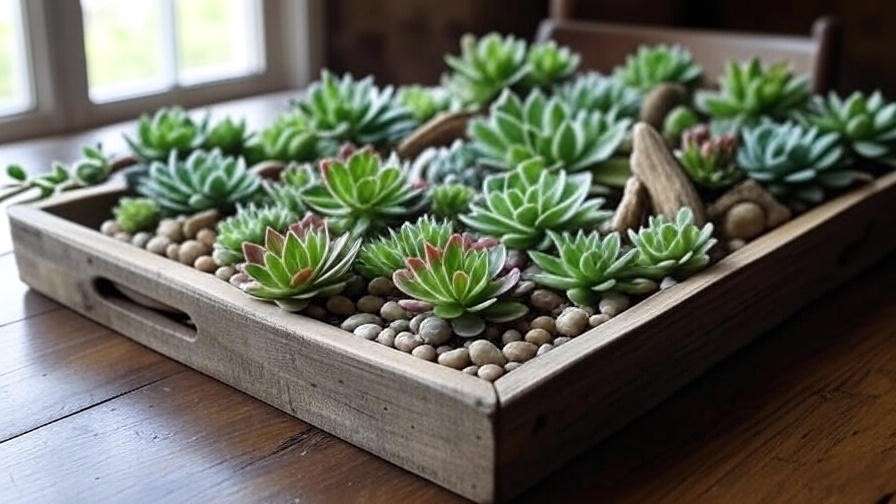
For a natural, farmhouse-inspired look, a wooden tray centrepiece adds warmth to any space.
Selecting and Prepping Wood
- Choose a shallow wooden tray (10-12 inches long) from sustainable sources like reclaimed barnwood or bamboo.
- Sand rough edges and seal with non-toxic wood sealant to prevent rot.
Planting Techniques for Stability
- Line the tray with plastic sheeting (punctured for drainage) or use a waterproof insert.
- Add a 1-inch gravel base, then 2 inches of cactus soil.
- Plant succulents with sturdy root systems (e.g., Sempervivum) to anchor them in the shallow tray.
Customization Ideas
- Seasonal themes: Add pinecones for fall or tiny pumpkins for Halloween.
- Mix with other indoor plants like air plants for variety.
- Personalize with engraved stones or small ceramic tiles.
This design suits rustic or bohemian interiors and is ideal for larger tables or outdoor patios (if brought indoors during harsh weather).
Modern Terrarium Succulent Centrepiece
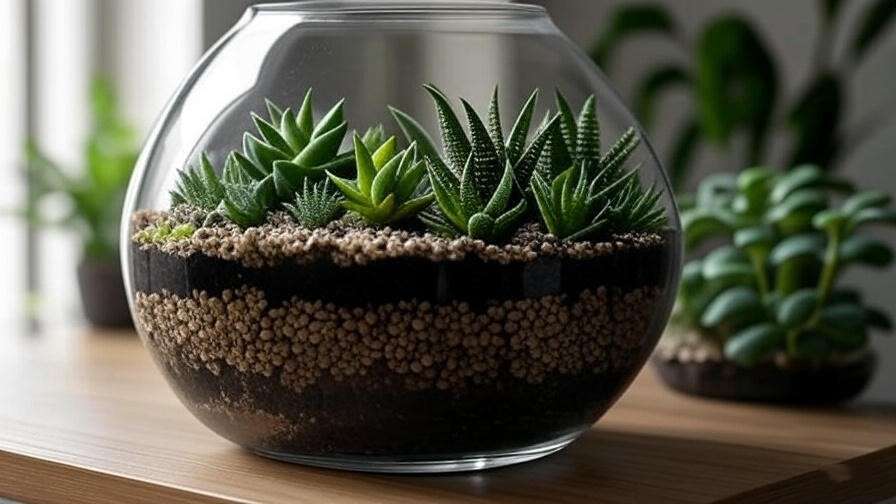
A glass terrarium creates a sleek, contemporary look that’s perfect for minimalist decor.
Choosing the Right Terrarium
- Select an open terrarium for better airflow—closed ones trap humidity, risking mold.
- Opt for a 6-10-inch geometric glass container for modern appeal.
Layering for Optimal Growth
- Start with a 0.5-inch layer of activated charcoal to keep the environment fresh.
- Add 1 inch of gravel, then 2 inches of cactus soil.
- Plant compact succulents like Haworthia or Gasteria for space efficiency.
Maintenance Hacks
- Mist lightly every 2-3 weeks to avoid overwatering.
- Clean glass with a damp cloth to prevent fogging.
- Rotate the terrarium weekly for even light exposure.
This centrepiece is a conversation starter, blending modern design with low-maintenance care.
Hanging or Wall-Mounted Succulent Centrepiece Variations
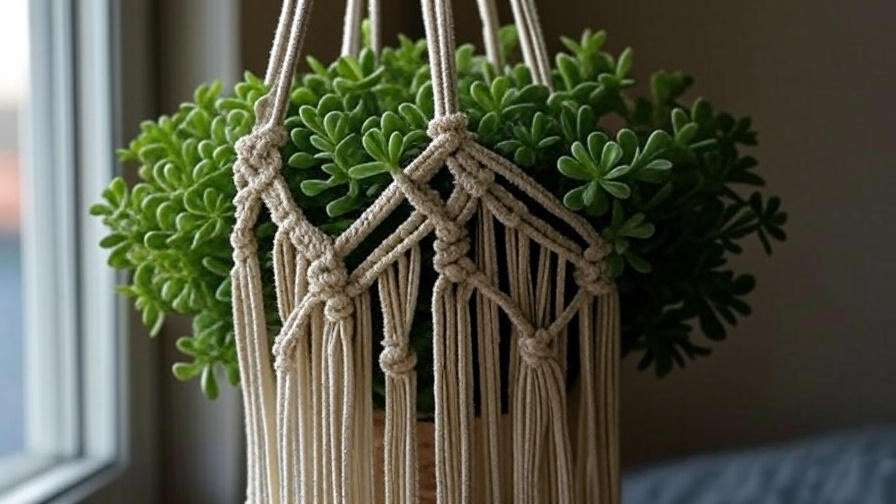
For small spaces, vertical or hanging designs maximize impact without sacrificing floor space.
DIY Macramé Hanger Tutorial
- Materials: 4mm cotton macramé cord, 6-inch ceramic pot, 3 succulents.
- Steps:
- Cut eight 6-foot cord lengths.
- Knot at one end to form a base, then create a series of square knots (tutorials available on YouTube for visual learners).
- Place the pot in the hanger and secure with additional knots.
- Plant succulents like string of dolphins for a cascading effect.
Vertical Frame Design
- Use a shadowbox frame (8×10 inches) with wire mesh.
- Fill with sphagnum moss and cactus soil, then poke succulents through the mesh.
- Hang in bright, indirect light and mist lightly every 3 weeks.
These designs are perfect for apartments or offices, adding greenery without clutter.
Care and Maintenance Tips to Keep Your Succulent Centrepiece Thriving
Watering and Light Requirements
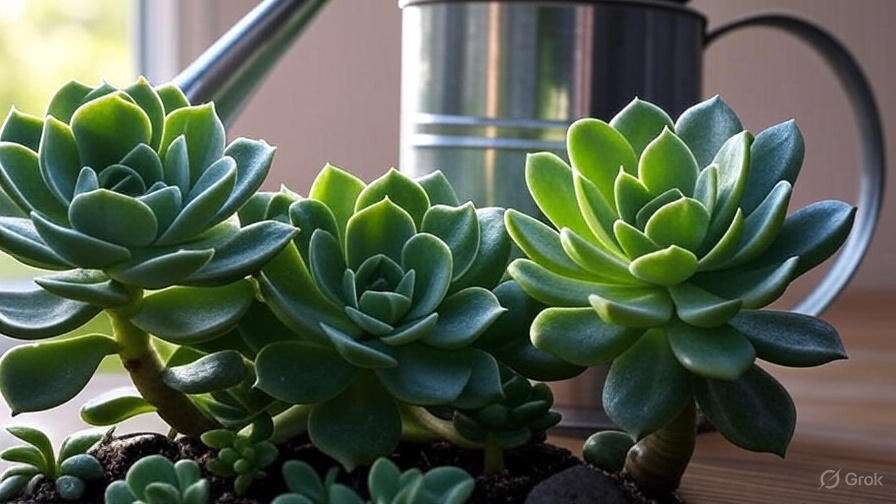
- Watering: Water every 2-3 weeks, ensuring soil dries completely between sessions. Use a narrow-spout watering can to target roots, avoiding leaves.
- Signs of Trouble: Overwatering causes mushy leaves; underwatering leads to shriveling. Adjust based on these cues.
- Light: Most succulents need 4-6 hours of bright, indirect light. South-facing windows are ideal, but grow lights (e.g., LED full-spectrum) work for low-light spaces.
Common Pests and Problems (and How to Fix Them)
- Mealybugs: White, cottony pests. Wipe with a cotton swab dipped in 70% isopropyl alcohol.
- Root Rot: Caused by overwatering. Remove affected areas, repot in fresh soil, and reduce watering.
- Etiolation: Stretched, leggy growth from insufficient light. Move to a brighter spot or add grow lights.
Seasonal Care Adjustments
- Winter: Reduce watering to once a month as succulents enter dormancy.
- Summer: Increase light exposure and check for pests more frequently.
- Propagation: Snip healthy leaves, let them callus for 2-3 days, and place on soil to grow new plants.
Advanced Ideas and Inspirations for Succulent Centrepieces
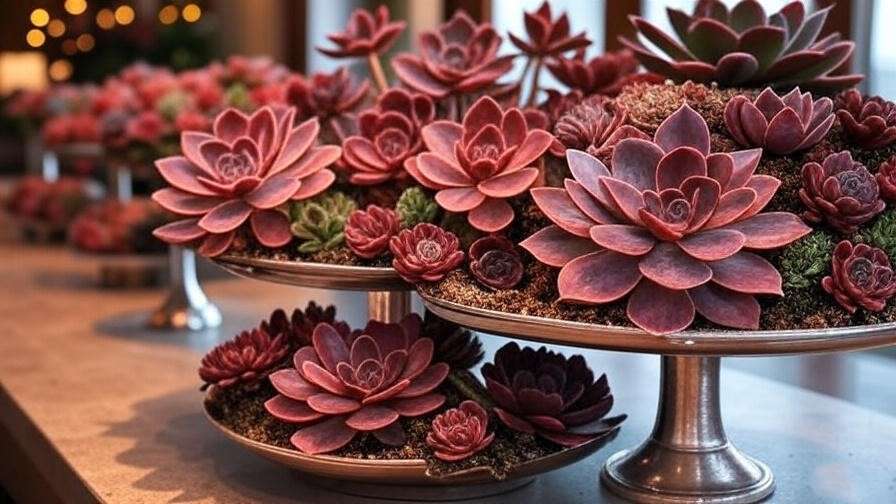
For seasoned plant lovers, elevate your designs with these ideas:
- Themed Designs: Create holiday-inspired centrepieces with red and green succulents for Christmas or pastel Echeveria for spring.
- Large-Scale Installations: Combine multiple centrepieces for events like weddings, using tiered stands for drama.
- Smart Tech Integration: Use automated drip irrigation systems (e.g., Blumat) for hassle-free care.
- Expert Quote: “Succulents are nature’s sculptures,” says Debra Lee Baldwin, author of Succulents Simplified. “Their geometric forms make every centrepiece a work of art.”
Common Mistakes to Avoid When Making a Succulent Centrepiece
- Overcrowding: Plants need space to grow. Keep 1-2 inches between succulents.
- Poor Drainage: Always use well-draining soil and containers to prevent rot.
- Wrong Soil: Avoid regular potting soil; it retains too much moisture.
- Overwatering: Stick to a strict schedule to avoid soggy roots.
- Ignoring Light Needs: Rotate plants or supplement with grow lights to prevent stretching.
FAQs About Succulent Centrepieces
- How long do succulent centrepieces last?
With proper care, they can thrive for years. Regular propagation extends their lifespan. - Can I use fake succulents?
Yes, for decor-only purposes, but real succulents offer air-purifying benefits. - What’s the best container for beginners?
A shallow ceramic bowl with drainage holes is foolproof. - How do I know if my succulents need water?
Check for slightly wrinkled leaves or dry soil an inch deep. - Are succulents safe for pets?
Most, like Echeveria, are non-toxic, but check the ASPCA list for specifics. - Can I mix succulents with other plants?
Yes, pair with air plants or low-water herbs for variety. - How do I clean my terrarium centrepiece?
Use a soft, damp cloth for glass; avoid water on plants. - What’s the cost of a DIY succulent centrepiece?
Expect $20-50, depending on container and plant quality.
Conclusion
A succulent centrepiece is more than decor—it’s a sustainable, stress-relieving addition to your indoor space. With the DIY ideas and care tips shared here, you’re equipped to create a stunning display that reflects your style, from rustic trays to modern terrariums. Start small, experiment with designs, and share your creations on social media to inspire others. For more indoor plant inspiration, explore our guides on succulent propagation or air plant care. As a horticulturist, I’ve seen these tiny plants transform homes—now it’s your turn to bring that magic to life.

